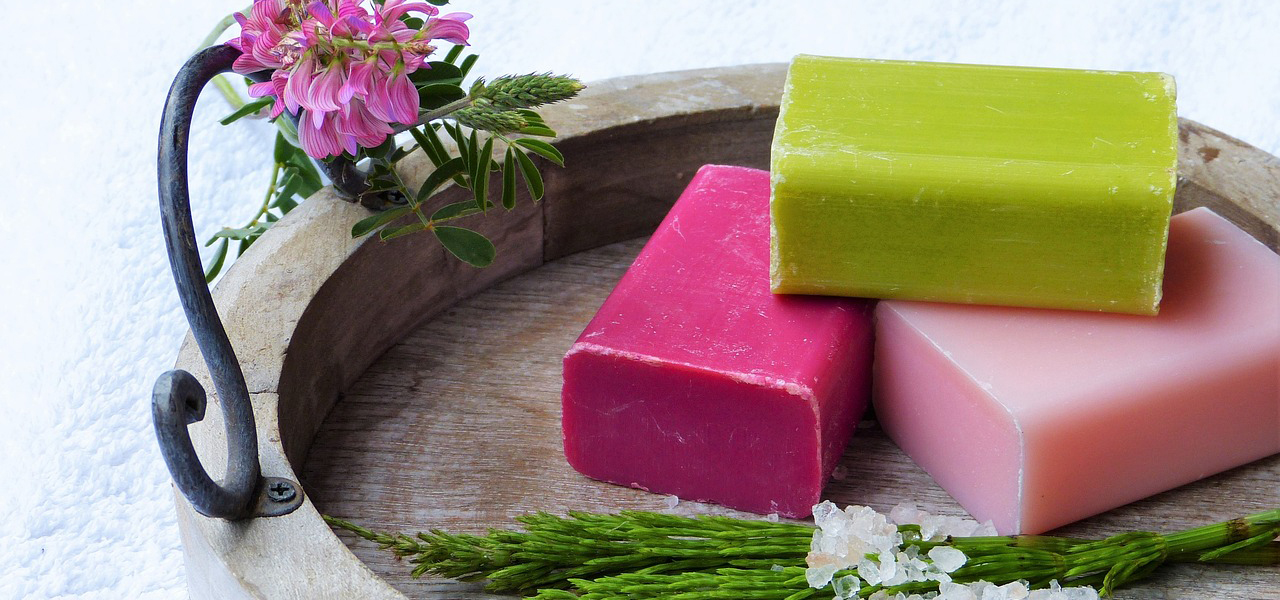It is well-known that hand soap plays an important role in preserving skin health, and the method of its production has undergone substantial evolution throughout the years. Understanding the science of soap requires knowledge of its basic components, which include substances that might irritate, dry out, redden, and itch, such as sodium hydroxide or potassium hydroxide. A mild hand wash with moisturizing humectants, emollients, and occlusives is ideal for people with all kinds of skin.
The difference between liquid and solid soap is that the former uses potassium hydroxide and the latter uses sodium hydroxide. A typical ingredient list for a liquid hand wash might include water, surfactants, moisturizers, preservatives, scents, and even antibacterial agents on occasion. Antibacterial compounds can be found in certain hand washes as well.
Making soap has a long and storied history, and it’s important to know what goes into it to make it a powerful cleaner. Oils, herbs, and botanicals are examples of natural components that can nourish and improve skin health. Finding and avoiding these additives is vital for skin health, as some commercial solutions contain harsh chemicals that may hurt the skin.
Around 2800 BC, the ancient Babylonians began using soap as a means of personal hygiene. Water, alkali, and animal fats were the basic ingredients in the first soap formulations, which resulted in a crude but efficient cleanser. The Babylonians understood the value of these mixtures for maintaining personal cleanliness.
The Egyptians improved upon earlier soap formulas by adding fragrant herbs and vegetable oils. The Ebers Papyrus, a medical record from ancient Egypt that dates back to 1550 BC, mentions the usage of soap-like compounds for both therapeutic and washing reasons.
Ancient Greeks and Romans widely used soap for personal hygiene and health. They improved the cleaning experience by enhancing soap formulas with oils and perfumes. But soap back then was mostly a treat for the well-to-do. As the Roman Empire collapsed, the Middle Ages witnessed a precipitous drop in soap use across Europe. Soapmaking went out of style as people stopped using it for personal hygiene. Soap making, nevertheless, persisted in the Islamic world.
A renaissance in the use of soap coincided with the Renaissance’s renewed focus on personal cleanliness. As European soap manufacturers honed their processes, the product became more affordable for the masses. An important turning point in the history of soap occurred during the Industrial Revolution. Production of soap on a large scale became possible with the development of chemical processes and the application of steam power. Because of its low price and broad availability, hand soap became an essential item in most homes.
The development of antibacterial soaps coincided with the twentieth century’s breakthroughs in microbiology. In an effort to offer better defense against germs, some formulations included antimicrobial chemicals. A subsequent worry, however, emerged over the effects of antibacterial agent misuse on human health and the natural environment. Liquid hand soaps were popular in the second part of the twentieth century. Liquid soaps, which are packed in dispensers for convenience, became popular due to their simplicity of use and the benefits they provide to cleanliness. Moisturizers were commonplace in these compositions to forestall dry skin.
Natural and organic soaps have become more popular in recent decades. As people become more conscientious about what goes into their personal care products, there is a growing desire for soaps that include fewer chemicals and additives. These days, you may find hand soaps made specifically for different types of skin. There is a wide variety of soaps available on the market, including those formulated for sensitive skin and those that target specific dermatological diseases.
Sustainable soap manufacturing is being promoted due to the increasing environmental consciousness. As part of a worldwide effort to lessen the ecological footprint of personal care products, more and more brands are switching to eco-friendly packaging and ingredients. The importance of hand soap in teaching proper hygiene goes much beyond its practical utility. In the interest of public health and illness prevention, it is stressed that one should wash one’s hands properly, frequently using soap.
Even in the twenty-first century, technological advancements have an impact on the soap industry. The soap business is adapting to the needs of contemporary, picky consumers by using automated manufacturing techniques and novel ingredient compositions. The potential for hand soap to evolve in the years to come is intriguing. What comes next in the annals of hand soap will most certainly be influenced by developments in sustainable practices, customized formulas, and ingredient technologies.
To get the best results, it’s important to customize your soap selection to your skin type, as different skin types demand different types of treatment. You may find powerful and easy DIY soap recipes for a variety of skin conditions when you make your own soap at home.
Soaps with the correct pH balance are ideal for skin health, and specialized soaps can treat particular skin issues. Misconceptions regarding soap may be dispelled, and eco-friendly soap solutions are growing in favor in this sustainability-focused period.
Choosing a specialized soap with the right components for your skin type is an important part of any comprehensive skincare regimen. A healthier and more beautiful skin may be yours with some knowledge of the subtleties of soap choosing.

